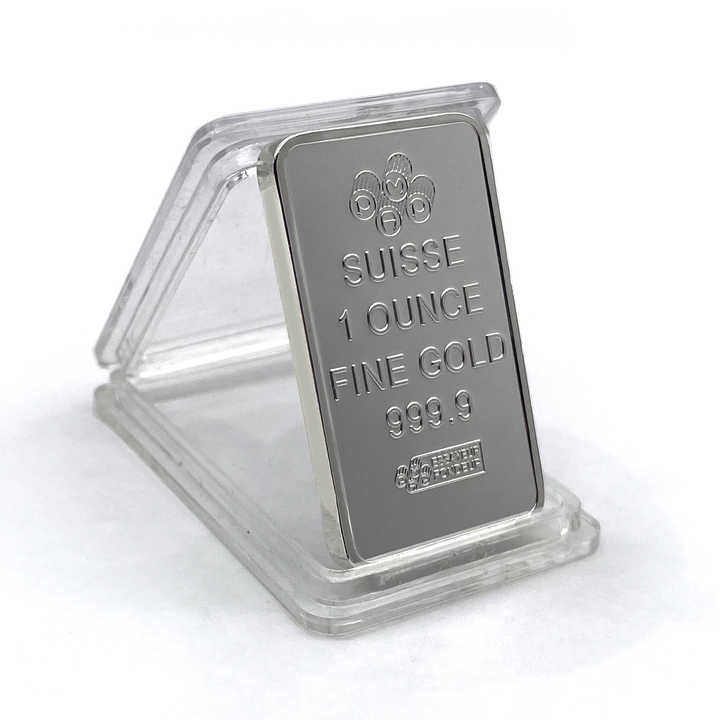silver ore smelting

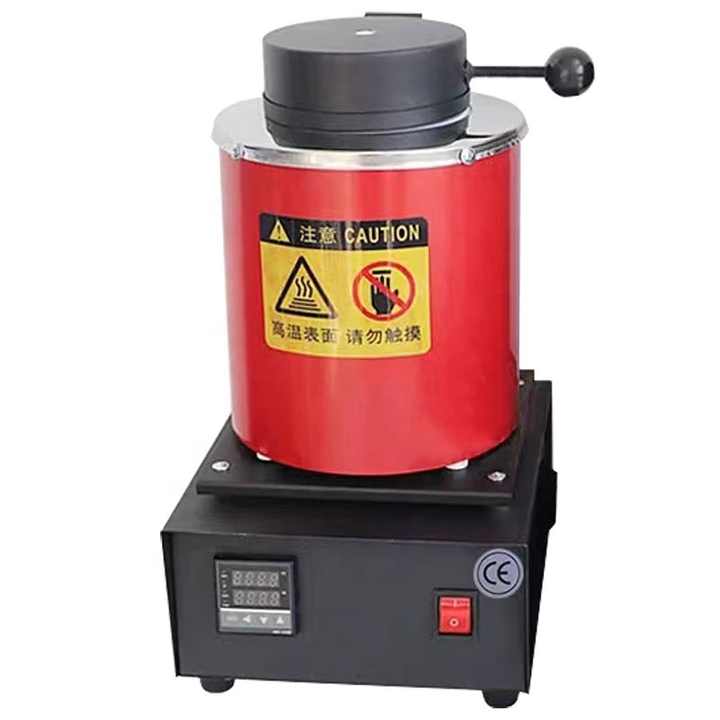
Understanding Silver Ore Smelting The Process and Its Importance
Silver ore smelting is an essential step in extracting pure silver from raw silver ore. This ancient practice has evolved over time, but the fundamental principles remain the same. By applying heat and specific techniques, silver is separated from its ore, allowing it to be refined into a pure form. In this article, we’ll explore the silver ore smelting process, its history, and its significance in both historical and modern contexts.
What Is Silver Ore Smelting?
Silver ore smelting refers to the process of applying intense heat to silver ore in order to extract pure silver from the surrounding materials. Silver ore is typically found in combination with other metals, such as copper, lead, or zinc, as well as non-metallic minerals. Smelting involves heating the ore to a point where the metal components melt, allowing the silver to separate from the other materials.
The smelting process also requires flux, which is a substance used to help remove impurities. Flux helps by lowering the melting point of the ore and assisting in the separation of slag, which is the waste material produced during smelting. The result is the collection of molten silver, which is then cooled and refined further.
The Process of Silver Ore Smelting
The process of silver ore smelting involves several key steps that make it possible to separate silver from other elements. Here’s how the process works:
Crushing and Roasting the Ore
The first step in silver ore smelting is to crush the raw ore into smaller pieces. This increases the surface area of the ore, making it easier to extract silver. After crushing, the ore is roasted in the presence of oxygen. This roasting process helps to oxidize sulfur and other impurities, preparing the ore for smelting.
Adding Flux to the Furnace
Once the ore has been roasted, it is placed into a furnace. A flux is added to the furnace to assist in the smelting process. Common fluxes used in silver smelting include substances like silica, lime, and borax. These materials help to lower the melting point of the ore, which makes it easier to extract the silver.
Melting and Separating the Silver
The furnace is heated to extremely high temperatures, typically above 2,000 degrees Fahrenheit (1,093 degrees Celsius). At this temperature, the metals in the ore melt and begin to separate. The lighter, non-metallic materials rise to the top, forming slag, while the heavier molten silver sinks to the bottom of the furnace.
Collecting the Molten Silver
Once the silver has separated from the slag, it is collected at the base of the furnace. The molten silver is then poured into molds, where it cools and solidifies. This silver is not yet fully refined and may still contain small amounts of impurities.
Refining the Silver
After smelting, the silver undergoes further refining to remove any remaining impurities. Techniques such as electrolytic refining or chemical refining are used to achieve the desired level of purity, typically up to 99.99%. The resulting silver is then ready for use in jewelry, industrial applications, or investment products.
The History of Silver Ore Smelting
The practice of silver ore smelting dates back thousands of years. Ancient civilizations such as the Egyptians, Greeks, and Romans used smelting techniques to extract silver from its ores. In these early times, the smelting process relied on simple furnaces and basic tools, but it laid the foundation for modern metallurgy.
During the Middle Ages, European miners developed more advanced techniques for silver ore smelting. These methods included the use of blast furnaces and better flux materials, which allowed for more efficient extraction of silver. The discovery of rich silver deposits in the Americas during the 16th century further advanced smelting technology, as large-scale mining operations required more sophisticated methods.
In modern times, silver ore smelting has become more efficient and precise, thanks to technological advancements in furnace design, temperature control, and chemical processes. Today’s smelting operations are capable of producing high-purity silver on a large scale, meeting the demands of industries around the world.
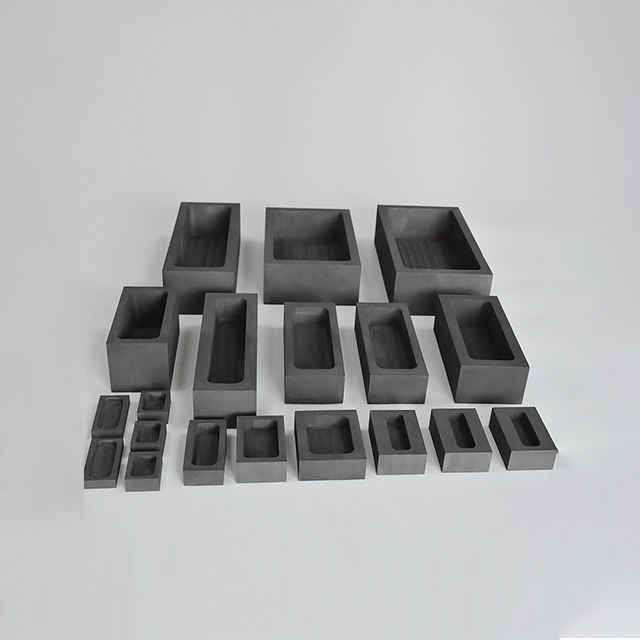
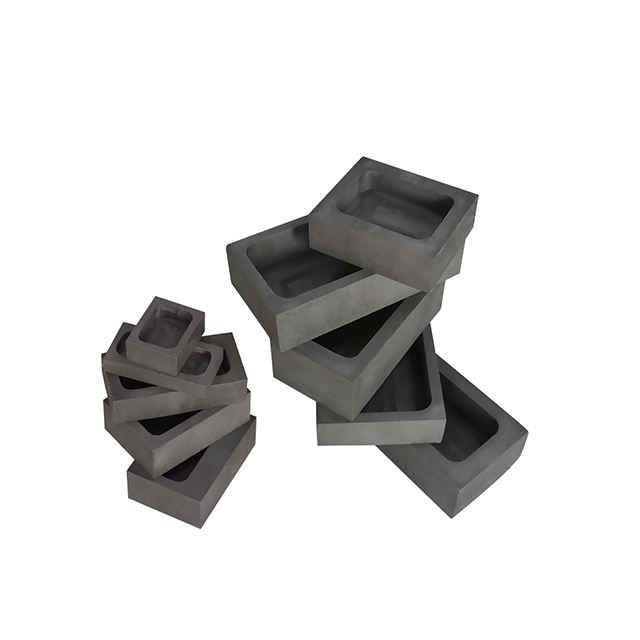
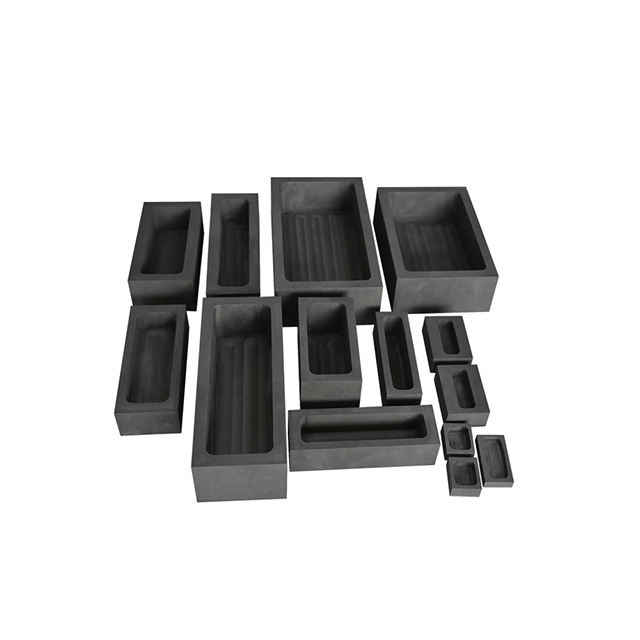
Applications of Silver Extracted from Smelting
Silver extracted from ore smelting is used in a wide variety of applications. Below are some of the most common uses:
Jewelry and Decorative Items
Silver has long been prized for its beauty and luster, making it a popular choice for jewelry and decorative objects. Silver extracted through smelting is often refined to high purity levels and crafted into rings, necklaces, bracelets, and other adornments.
Industrial Applications
Silver’s excellent conductivity and resistance to corrosion make it ideal for use in the electronics industry. It is used in electrical contacts, conductors, and circuit boards. Silver’s antibacterial properties also make it valuable in the medical field, where it is used in wound dressings and medical equipment.
Coinage and Investment
Silver has been used as currency for centuries, and it remains a popular investment option today. Many investors purchase silver bullion coins and bars as a store of value, often refining silver extracted from ore smelting into investment-grade products.
Photography
Historically, silver played a crucial role in photography due to its light-sensitive properties. While digital photography has largely replaced traditional methods, silver is still used in certain types of photographic film and paper.
Environmental Considerations
While silver ore smelting is a vital process, it does come with environmental challenges. The smelting process produces emissions, including sulfur dioxide, which can contribute to air pollution. Additionally, smelting generates slag, which can contain harmful materials if not properly managed.
To minimize the environmental impact, modern smelting operations have implemented technologies to capture and treat emissions, recycle slag, and reduce energy consumption. Advances in green metallurgy aim to further improve the sustainability of the silver ore smelting process.
Silver ore smelting is a time-tested method for extracting pure silver from raw ore. Over the centuries, the process has evolved, becoming more efficient and precise. Whether for use in jewelry, industry, or investment, the silver extracted through smelting remains a highly valuable material. As technology continues to advance, the silver ore smelting process will likely become even more sustainable, balancing the need for silver with environmental responsibility.










